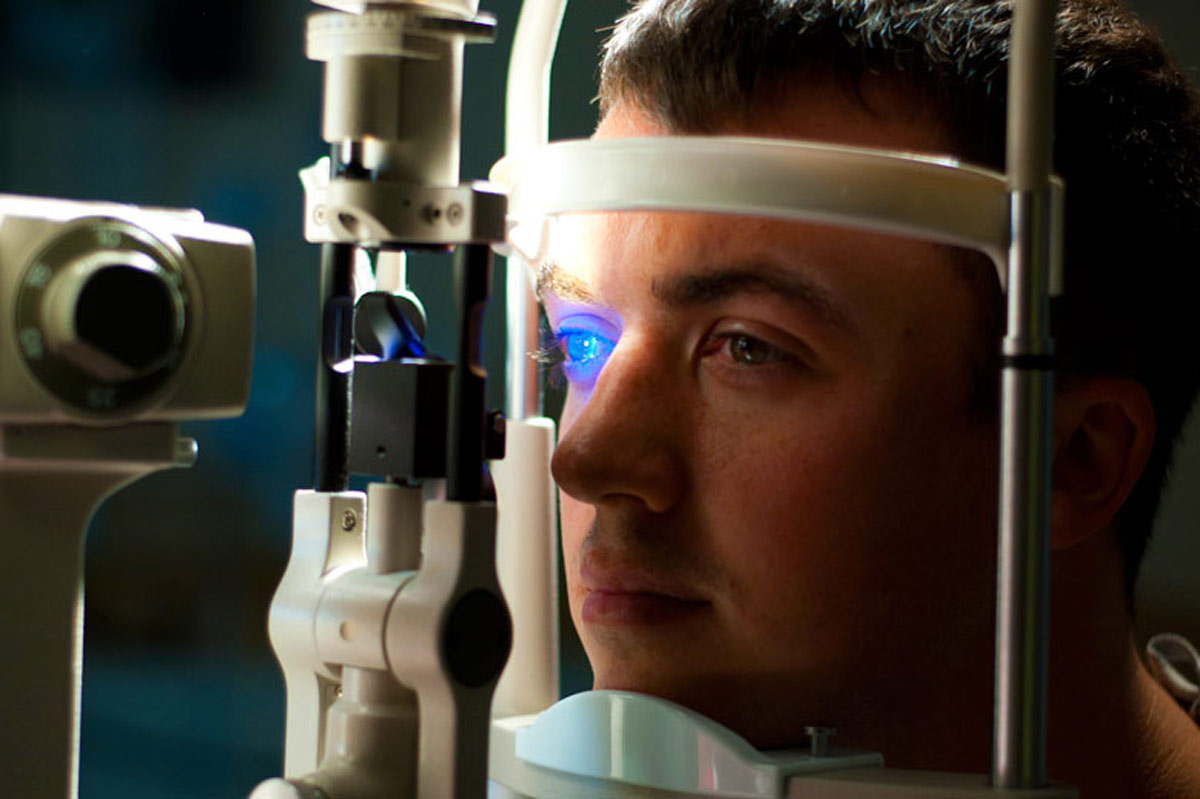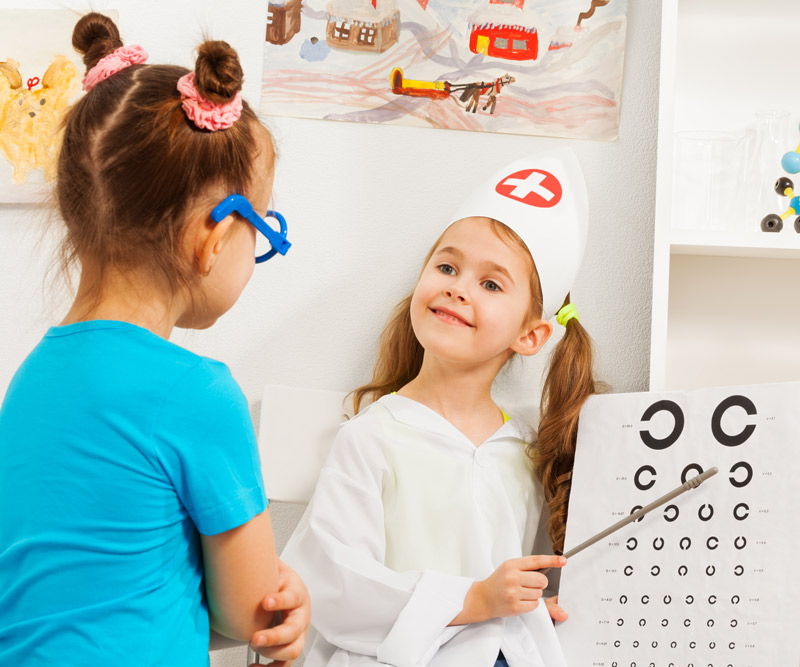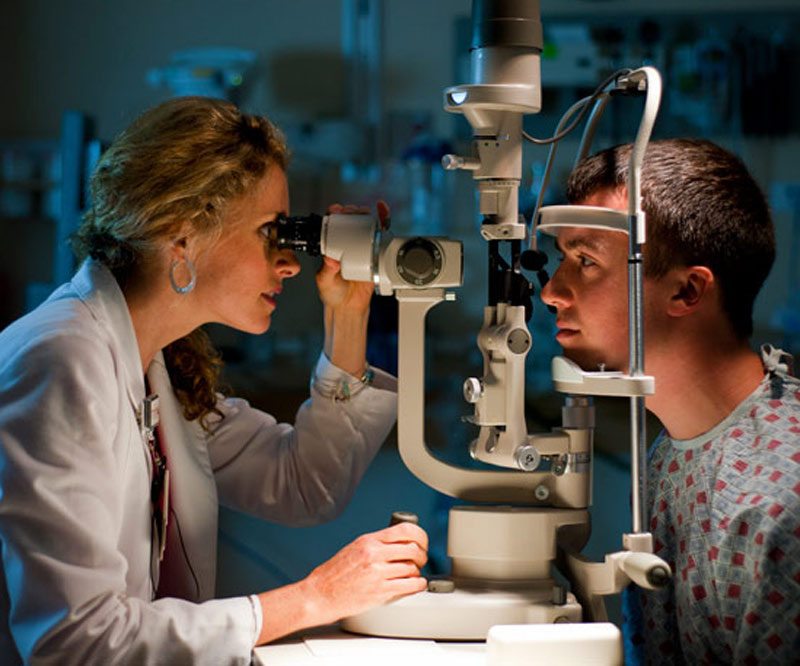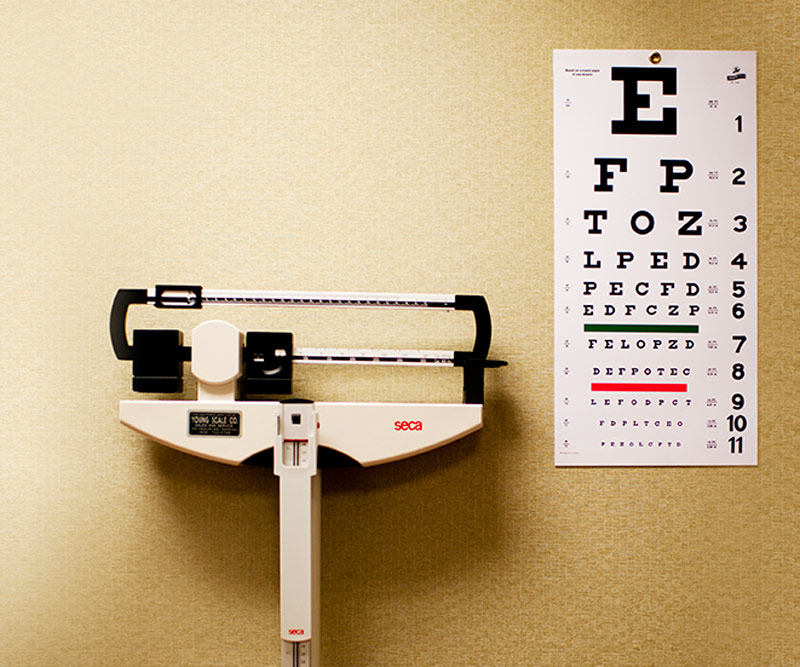
The Eyes Have It: A Focus on Healthy Vision
The country is seeing a rise in cases of myopia, or nearsightedness, and experts believe our increasingly indoor lifestyles may be less than optimal for our ocular health.
Studies show that about 25 percent of 12- to 54-year-olds were myopic in the early 1970s; by the 2000s, that number had nearly doubled to more than 41 percent of Americans who had the condition.
Additionally, over the past 30 years, experts have witnessed the condition beginning earlier in life and worsening well into adulthood.
“Myopia is a complex entity, and there are both genetic and environmental components (of the condition),” says Dr. Gregg T. Kokame, ophthalmologist at Pali Momi Medical Center and medical director of the hospital’s Retina Center.
“The recent increase in myopia has been related, in some studies, to more-prolonged reading and use of near vision, as well as to limited exposure to the outdoors and sunlight,” Kokame says, adding that continuous cellphone and tablet computer usage “could be a potential cause of prolonged use of near vision.”
Myopia is linked with higher risks for developing eye diseases like retinal detachment, glaucoma and cataracts. What’s more, the cost of managing or correcting these diseases poses a big public health problem.
The good news is that myopia is not entirely genetic. Only about 15 percent of nearsightedness cases can be attributed to what parents passed down, which means that just because Mom and Dad had poor eyesight doesn’t mean you’re doomed to the same fate.
Ways to keep your eyes healthy include:
- Getting Outside. Research has linked more time outdoors with a decreased risk of myopia progression – all the more reason to unplug and unwind with a walk around the block. If you must bring your phone, by all means do, but make sure it’s on silent and stashed away in a bag or carrying case where you won’t be tempted to use it until you’re back indoors.
- Taking a Break. For 20/20 eyesight, follow the “20-20-20 rule”: After 20 minutes of close-up activity (e.g., texting, playing games on a tablet, working on a laptop, even reading a book), look at something 20 feet away for 20 seconds. These mini breaks not only give your eyes and mind a rest; they also prevent eye strain and fatigue, blurry vision, dry eyes and watery eyes, or what is known as “computer vision syndrome.”
- Being Proactive About Visual Health. Get an annual eye exam, even if you have perfect vision, to catch major red flags early. Also, practice preventative techniques. Make sure your computer screen is positioned just below eye level, and eat a diet rich in eye-healthy foods such as dark leafy greens, fatty fish like salmon, and yellow and orange vegetables.
Published on: April 26, 2016




